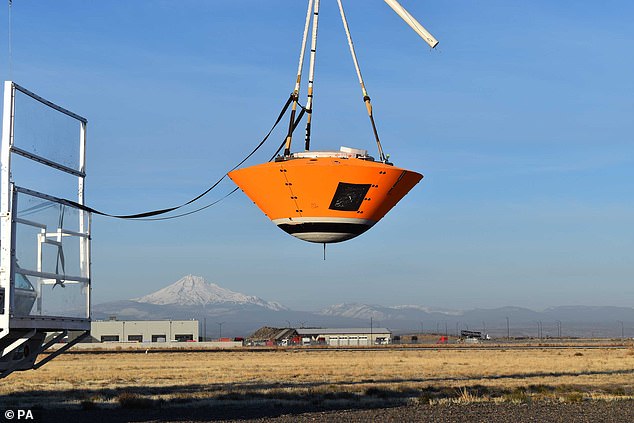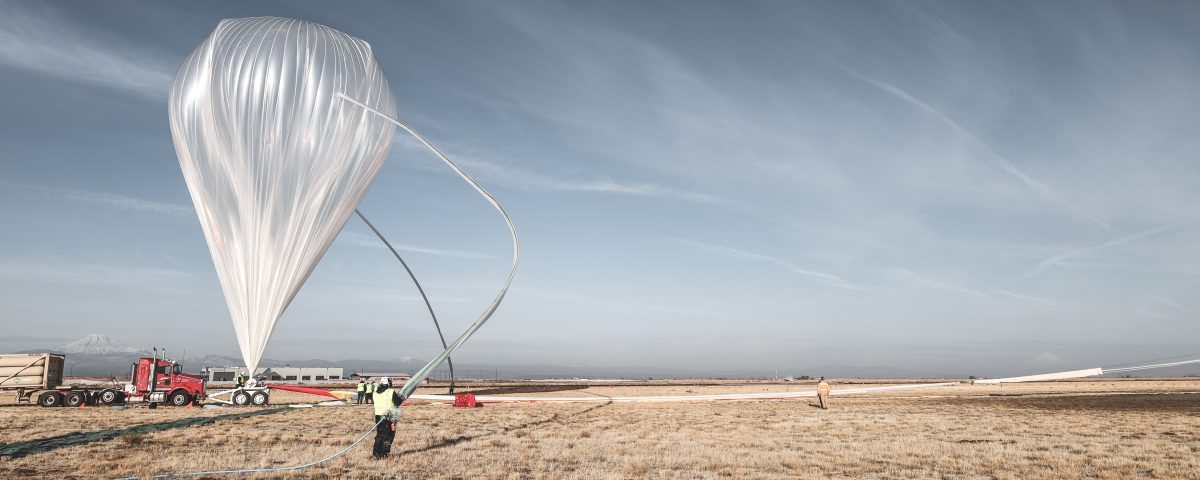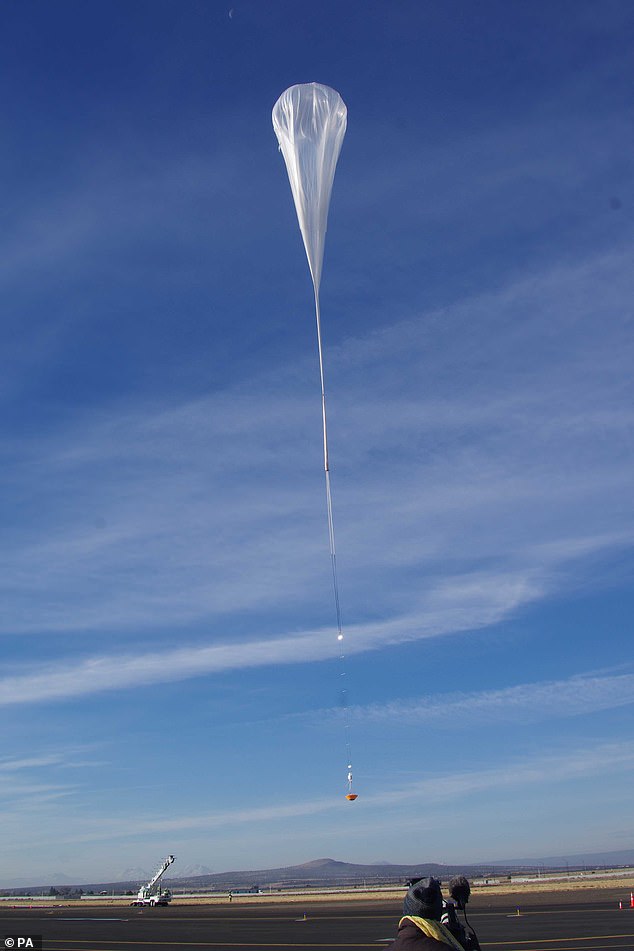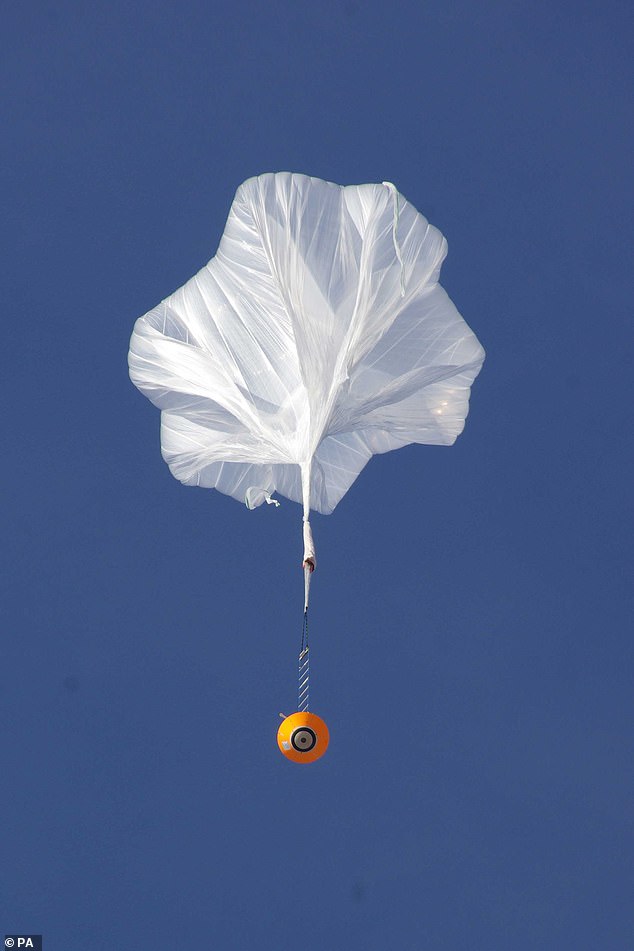Purpose of the flight and payload description
This balloon mission was part of the qualification and testing phase of the parachute system for ExoMars (Exobiology on Mars) mission, an astrobiology programme by the European Space Agency (ESA) and the Russian space agency Roscosmos. The goals of ExoMars are to search for signs of past life on Mars, investigate how the Martian water and geochemical environment varies, investigate atmospheric trace gases and their sources and by doing so demonstrate the technologies for a future Mars sample-return mission. The first part of the programme was a mission launched in 2016 that placed the Trace Gas Orbiter into Mars orbit and released the Schiaparelli EDM lander. The orbiter is operational but the lander crashed on the planet's surface.
The second part of the programme was planned to launch in July 2020, when the Kazachok lander would have delivered the Rosalind Franklin rover on the surface, supporting a science mission that was expected to last into 2022 or beyond. The descent module requires two main parachutes -each with its own pilot chute for extraction- to help slow it down as it plunges through the martian atmosphere. The 15 meters-wide first stage main parachute will open while the descent module is still travelling at supersonic speeds, and the 35 meters-wide second stage main parachute is deployed once at subsonic speeds. Following separation of the parachutes, the speed must be suitable for the braking engines to safely deliver the landing platform and the rover onto the surface of Mars.
To test the performance of the parachutes before the flight, the UK-based company Vorticity Systems was selected as technical consultant under contract with Thales Alenia Space. A special capsule was built by the firm to perform the drop tests of the parachutes, first from low altitude using an helicopter and then from high altitude using a stratospheric balloon. These missions allowed to test the parachutes and deployment sequence with the same gravitational acceleration and atmospheric density as they will experience on Mars.
After the firsts series was completed in 2019 some anomalies were found on the descending system (see details below). As a result on March 2020, it was announced that the second mission was being delayed to 2022 as a result of the problems with the parachutes, which could not be resolved in time for the launch window. After studying the problem and some modifications, a new series of parachute tests were needed which were performed in Oregon during 2020 and from Sweden in 2021.
Official footage of the mission
Details of the balloon flight
Balloon launched on: 11/9/2020
Launch site: Madras Municipal Airport, Oregon, US
Balloon launched by: Near Space Corporation (NSC)
Balloon manufacturer/size/composition: Zero Pressure Balloon
End of flight (L for landing time, W for last contact, otherwise termination time): 11/9/2020
During this mission the two parachutes which will deliver EXO-MARS to the red planet completed a first full-scale high altitude drop test, following two failed tests in 2019. The test was delayed since March 2020 due to the coronavirus pandemic, unsuitable winds and forest fires.
UK company Vorticity Ltd was technical consultant for the parachute system and was responsible for the high altitude drop tests of the parachutes. It designed and manufactured the parachute test vehicles and then performed the test along with their US subcontractor, Near Space Corporation.
The balloon was launched from Madras Regional Airport in Oregon on November 9, 2020. It carried the drop test vehicle to a height of 29km (18 miles) and released it from that altitude so that the parachutes and deployment sequence could be tested with the same gravitational acceleration and atmospheric density as they will experience on Mars. All of the descending equipment was recovered for detailed analysis. The tests went as scientists in the mission had expected, with the test vehicle landing safely. Only minor canopy damage on the two parachutes, occurred at the onset of inflation.
External references
- NSC ExoMars High Altitude Drop Test NSC Aero website
15654If you consider this website interesting or useful, you can help me to keep it up and running with a small donation to cover the operational costs. Just the equivalent of the price of a cup of coffee helps a lot.





